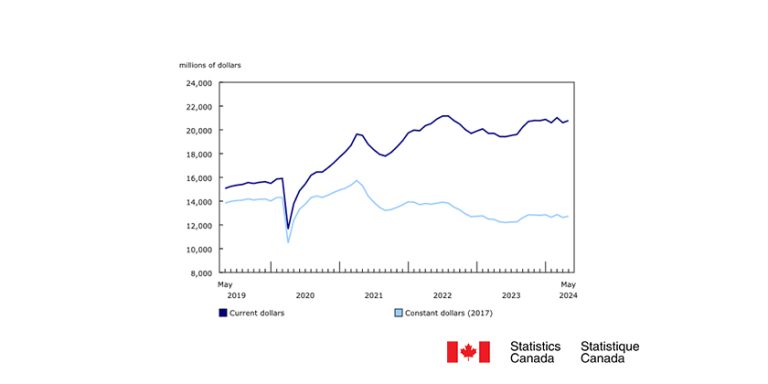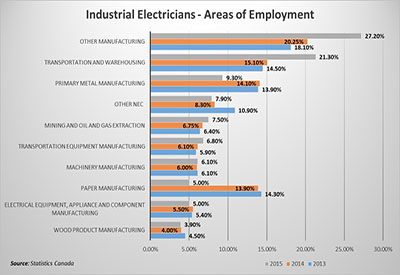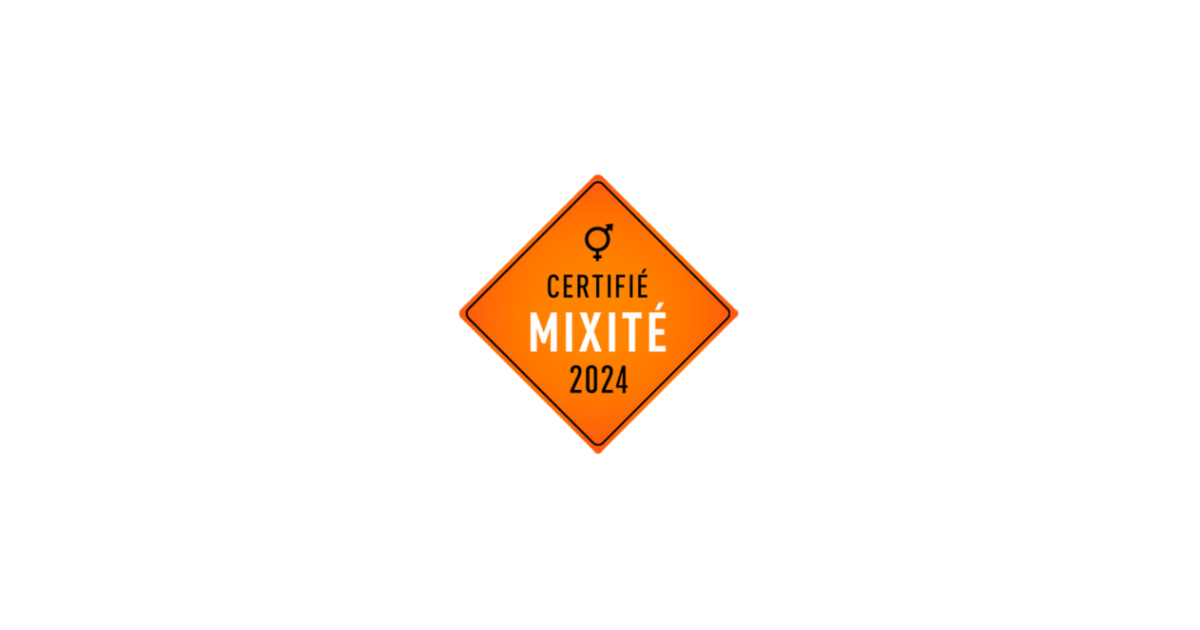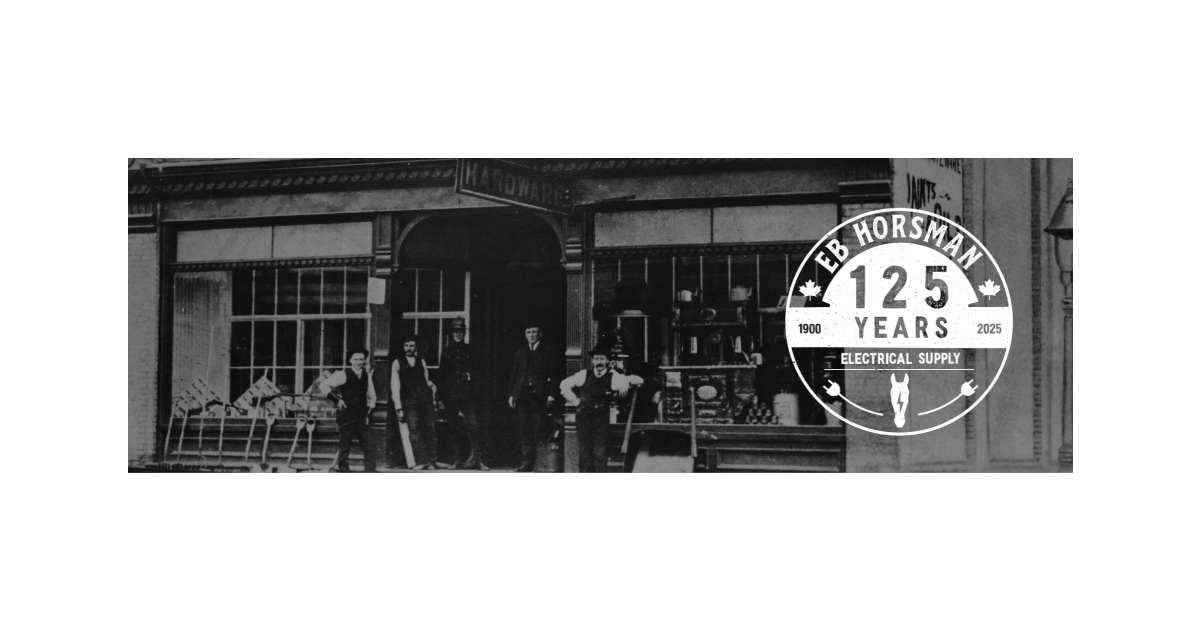IEEE 1584.1 IEEE Guide for the Specification of Scope and Deliverable Requirements for an Arc-Flash Hazard Calculation Study in Accordance with IEEE Std 1584

July 14, 2021
Terry Becker, P.Eng., CESCP, IEEE Senior Member
IEEE 1584.1 Guide for Specification of Scope and Deliverable Requirements for an Arc-Flash Hazard Calculation Study in Accordance with IEEE Std 1584 provides detailed guidance on how to complete an arc flash hazard incident energy analysis study and recommended content for the P.Eng. authenticated report. This is a complimentary Standard to IEEE 1584.
It has been my experience in my work as an independent electrical safety consultant working in industry across Canada that not many P.Eng. Electrical Engineers are aware that the IEEE 1584.1 Guide for Specification of Scope and Deliverable Requirements for an Arc-Flash Hazard Calculation Study in Accordance with IEEE Std 1584 exists.
This is unfortunate as IEEE 1584.1 is a complimentary document to the core IEEE 1584 Standard and provides additional explanatory information and specific guidance on what content should be included in the report generated. IEEE 1584.1 was published in 2013 to attempt to ensure that arc flash hazard incident energy analysis studies were completed correctly and with a report issued that was detailed and aligned with good engineering practice.
The IEEE 1584.1 Standard is a companion Standard to IEEE 1584 IEEE Guide for Performing Arc-Flash Hazard Calculations. You should ensure that you have a copy of both IEEE 1584 and IEEE 1584.1 if you are performing arc flash hazard incident energy calculations and submitting reports to client. This will allow you to substantiate any assumptions or disclaimers you may include in your report.
Currently the IEEE 1584.1 Standard is been updated from its 2013 Edition to a new Edition that will reference applicable content from the recently updated and published IEEE 1584-2018 Standard. As is the IEEE 1584.1-2013 Standard content that is generic in nature and is applicable. Where the updated IEEE 1584-2018 includes additional new content please ensure you reference it as a priority.
With respect to completing arc flash hazard incident energy calculations the following steps are required to be completed in order as summarized in IEEE 1584.1:
Step 1: Collect the system and installation data. Start with an available Single Line Diagram. Use specific electrical equipment data sheets. Request Electrical Utility Fault Data for each service. Create the digital single line diagram model and enter electrical equipment data into the component editor with specific electrical equipment data in the power engineering software. Ensure you configure the “software arc flash module” and document your parameter selections before you start the incident energy analysis calculations.
Step 2: Determine the system modes of operation. This is a different requirement from strictly completing a short circuit analysis. You need to consider single mode or multiple modes when determining bolted fault currents. The number of scenarios and configurations to be considered for an arc-flash hazard analysis are dependent on the power distribution system and modes of operation (e.g., switching configurations for voltage sources, utility transformer(s), stand-alone prime power, cogeneration, emergency power generation) under normal and special conditions.
Step 3: Short-Circuit Study. Complete a short-circuit study that reflects the existing installation, alternate system configurations, and different operating scenarios where applicable. Confirm electrical equipment withstand ratings. Report any electrical equipment that is not correctly rated.
Step 4: Protective Device Selection & Coordination Study, Time Current Curves (TCCs). Available fault current conditions should be evaluated to determine the effect on protective device clearing times and incident energy calculations. The existing protective devices and related settings shall be recorded as-built for existing power systems or as determined for new power systems for effective protection and coordination for system reliability. The system design is then used to model abnormal arcing faults on specific electrical equipment and calculate incident energy and the arc flash boundary distance. Time current curves shall be generated, referenced as required in the P.Eng. report and included for reference in the Appendices of the report issued.
Step 4: With respect to 208V three phase electrical equipment. Previously there was a 125kVA transformer rule in IEEE 1584 2002 Edition. IEEE 1584 2018 Edition now quotes arcing faults for 208V three phase: “Sustainable arcs are possible but less likely in three-phase systems operating at 240V nominal or less with an available short-circuit current less than 2000A.” For 208V three phase 2000A available fault current is typically a 45kVA or higher transformer size depending on %Z. All panelboards sourced with a 45kVA or higher transformer where the available fault current is higher than 2000A will now require calculations. Alternately the CSA Z462 Arc Flash PPE Category Method could be applied for transformer up to 300kVA depending on impedance in %Z. Minimum recommendations are all 208V three phase energized electrical work tasks minimum 8.0 cal/cm2 Arc Thermal Performance Value (ATPV) arc flash PPE.
No incident energy analysis calculations are required for single phase 120VAC or 240VAC.
Step 5: Determine the typical gap for the electrical equipment and enclosure sizes based upon system voltages and classes of equipment. Reference IEEE 1584-2018 Table 8 Classes of Equipment and Typical Bus Gaps. If you increase the gap from the default values incident energy calculated will go up. Use typical data and no field measurements required unless electrical equipment is identified that is not typical. Verify with manufacturer’s shop drawings if available. Gap does impact incident energy calculations but is not as significant compared to other parameters.
Step 6: Determine the box correction factor, shallow vs typical. Field measurements are not required, use typical data. Assume worst case for MCC starter buckets or other power distribution equipment that may have variable box sizes. Box correction factor doesn’t impact incident energy results significantly compared to other parameters (e.g., box/electrode configuration).
Step 7: Determine the electrical equipment box/electrode configuration. IEEE 1584-2018 Table 9 provides guidance of VCB, VCBB, HCB, VOA and HOA. HCB will yield the highest calculated incident energy, then VCBB, and VCB lowest incident energy. Consider the work task description that may be performed on the electrical equipment. In some cases, two separate box/electrode configurations may be required for a single piece of electrical equipment and two separate Arc Flash & Shock Equipment Labels required for a single piece of electrical equipment.
Step 8: Determine the working distances. This is the anticipated distance from the arcing fault location to the Qualified Electrical Workers face and torso. Reference IEEE 1584-2018 Table 10. Use typical working distances unless electrical equipment is unique and typical working distances are not appropriate. Increasing the working distance, lowers incident energy. If there is an application where working distance can be increased in the field by QEW then use larger working distance but document in report.
Step 9: Calculate arcing current. Note: The system grounding does not affect the incident energy calculation as per the formulas in IEEE 1584 2018 Edition.
Step 10: Determine the arc duration. Use the 2 Second guideline if required (adequate egress from the work task area is required and should be noted in report).
Step 11: Calculate the incident energy at the assumed working distance for each specific location on the electrical equipment where an energized work task may be completed. You may have two calculations for a specific piece of electrical equipment if you decide to use two box/electrode configurations and related to specific energized electrical work tasks. Most likely worst-case option was utilized and would be indicated in Results Table.
Step 12: Determine the Arc Flash Boundary distance for the electrical equipment where energized work tasks will be completed.
Step 13: Draft and issue P.Eng. Stamped Report. See below for guidance and specifically reference IEEE 1584.1.
As identified in IEEE 1584.1 the recommended content of the P.Eng. Stamped Report would include:
- Eng. Stamped Cover Page.
- Executive Summary.
- Scope of Study & Results Summary.
- Disclaimer & Notes.
- Background Information. Requirement for completing the incident energy analysis as a method to determine “Additional Protective Measures” specifically arc flash PPE and the Arc Flash Boundary distance as outlined in CSA Z462 Clause 4.3.5.6 and CSA Z462 Clause 4.3.5.5. Additional information can be summarized here with explanation such as system modes of operation (e.g., single or multiple) that were short listed and utilized in completing the short circuit and arcing fault current calculations. Analysis software used and configuration settings.
- Review of System Data. Identify basis of electrical equipment data used to create the power system model, utility available fault currents, cable sizes, motor data and the motor hp cut off for using the lumped load feature in the power system analysis software (e.g. <200hp).
- Any data assumptions made shall be listed. Include AutoCAD single line diagrams and data sheets in Appendix of report.
- Short Circuit Analysis Results. Summarize the basis for the calculations and findings. Identify if any electrical equipment was found to be outside of its current withstand ratings.
- Protective Device Coordination Study. Review the findings and discuss results and reference applicable Time-Current-Curves. Discuss basis for any potential changes to protective device settings to lower incident energy and ensure any implications are documented.
- Arc Flash Hazard Incident Energy Analysis. List the results of the base incident energy calculations with existing power system configuration in a summary table in the body of the report. Make recommendations for incident energy reduction. There is no 40 cal/cm2 “Dangerous” incident energy level, where “No PPE Exists.” This information was included in the power system software and historically has been used in error. Incident energy doesn’t correlate directly to arc blast pressure. You can have higher incident energy levels at lower available fault currents and on low voltage equipment over high voltage electrical equipment. Technically incident energy over 140 cal/cm2 is high risk energized electrical work as there is no available arc-rated clothing greater than 140 cal/cm2 ATPV (e.g., Oberon Company). The arc flash calculations results table should not include any reference to HRC #, Cat #, Level # or “letter” for arc flash PPE related to the incident energy results.
- With respect to any recommendations made and documented in the report related to Arc Flash & Shock Equipment Labels the content on the label needs to meet the minimum requirements identified in CSA Z462 Clause 4.3.5.7 and the presentation of the information and use of signal pane wording should comply with ANSI Z535. The Equipment Label should not include any reference to HRC#, Cat #, Level # or “letter” for arc flash PPE, the employer will define the arc flash PPE they provide to their workers. CSA Z462 Workplace electrical safety Standard, Annex Q Arc flash and shock equipment labels, Figure Q.3 illustrates a compliant arc flash & shock equipment label.
- Recommendations for Incident Energy Reduction. Advise client for Management of Change purposes recommended protective device setting changes. Where required provide cost benefit analysis of any other incident energy reduction methods that are technically feasible
- (e.g., arc flash relay, maintenance mode switch, more complex relaying schemes, IR scanning windows, etc.). Establish a realistic incident energy target level (e.g., 75 cal/cm2).
- Conclusion
- Appendices include AutoCAD single line diagram, analysis software single line diagram, field data sheets, provided utility short circuit data report, short circuit analysis report, TCCs, arc flash incident energy analysis results table(s), example Arc Flash & Shock Equipment Labels. Anything else?
Based on my experience in reviewing Arc Flash Hazard Incident Energy Analysis Reports for clients across Canada many of the reports I have reviewed were deficient in content and included errors & omissions based on the detailed requirements and basis of the incident energy calculations as documented in IEEE 1584. With the new updated 2018 Edition of the IEEE 1584 Standard it will be even more important that the responsible P.Eng. Electrical Engineer documents in detail the assumptions made, any disclaimers, field data validation, etc..
It is also extremely important that any Arc Flash & Shock Equipment Label recommendations provided to a client in a report meet the minimum requirements of Equipment Labeling as identified in CSA Z462 Workplace electrical safety Standard, Clause 4.3.5.7 and also reference CSA Z462 Annex Q Arc flash and shock warning and information labels as noted above. It is important to note that the “Danger” signal pane should only be used if the calculated incident energy is greater than 140 cal/cm2 NOT 40 cal/cm2. Make sure the footer of the label indicates the protective device ID and location of the incident energy (e.g. load side, line side or bus).
This article is a simplified summary of the IEEE 1584.1 Guide for Specification of Scope and Deliverable Requirements for an Arc-Flash Hazard Calculation Study in Accordance with IEEE Std 1584. You are advised to purchase a copy of IEEE 1584.1 and review its content in detail when completing your incident energy analysis study and drafting the report that is issued to clients.
Terry Becker, P.Eng., Certified Electrical Safety Compliance Professional (CESCP), IEEE Senior Member is the first past Vice-Chair of the CSA Z462 Workplace electrical safety Standard Technical Committee and currently a Voting Member and Clause 4.1 and Annexes Working Group Leader. Terry is also a Voting Member on the CSA Z463 Maintenance of electrical systems Standard and a Voting Member of the IEEE 1584 Guide for Performing for Arc-Flash Hazard Calculations. Terry has presented at Conferences and Workshops on electrical safety in Canada, the USA, India and Australia. Terry is a Professional Engineer in the Provinces of BC, AB, SK, MN and ON. Terry is an Electrical Safety Specialist, Management Consultant at TW Becker Electrical Safety Consulting Inc., and can be reached at 1-587-433-3777 or by email terry.becker@twbesc.ca.

















